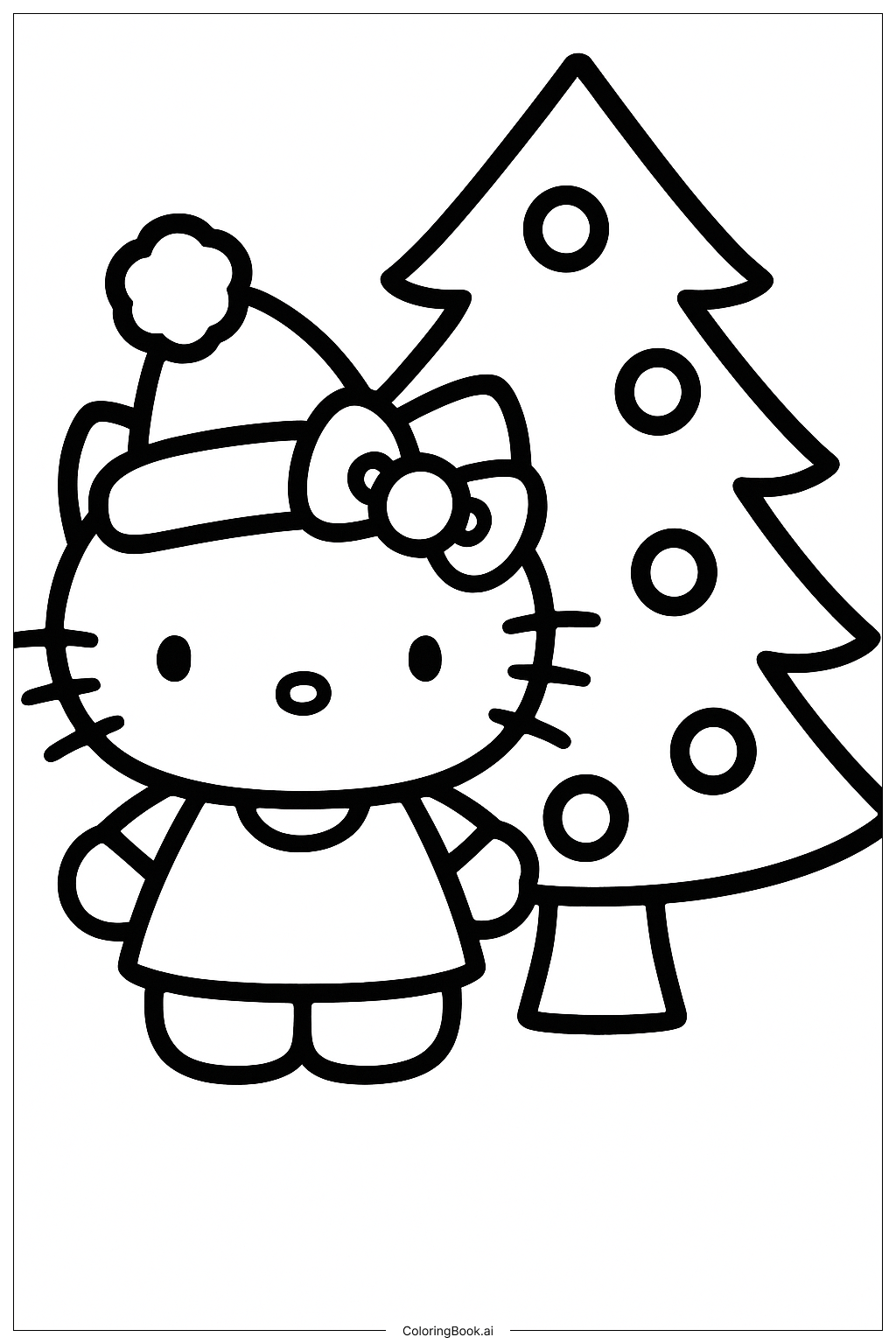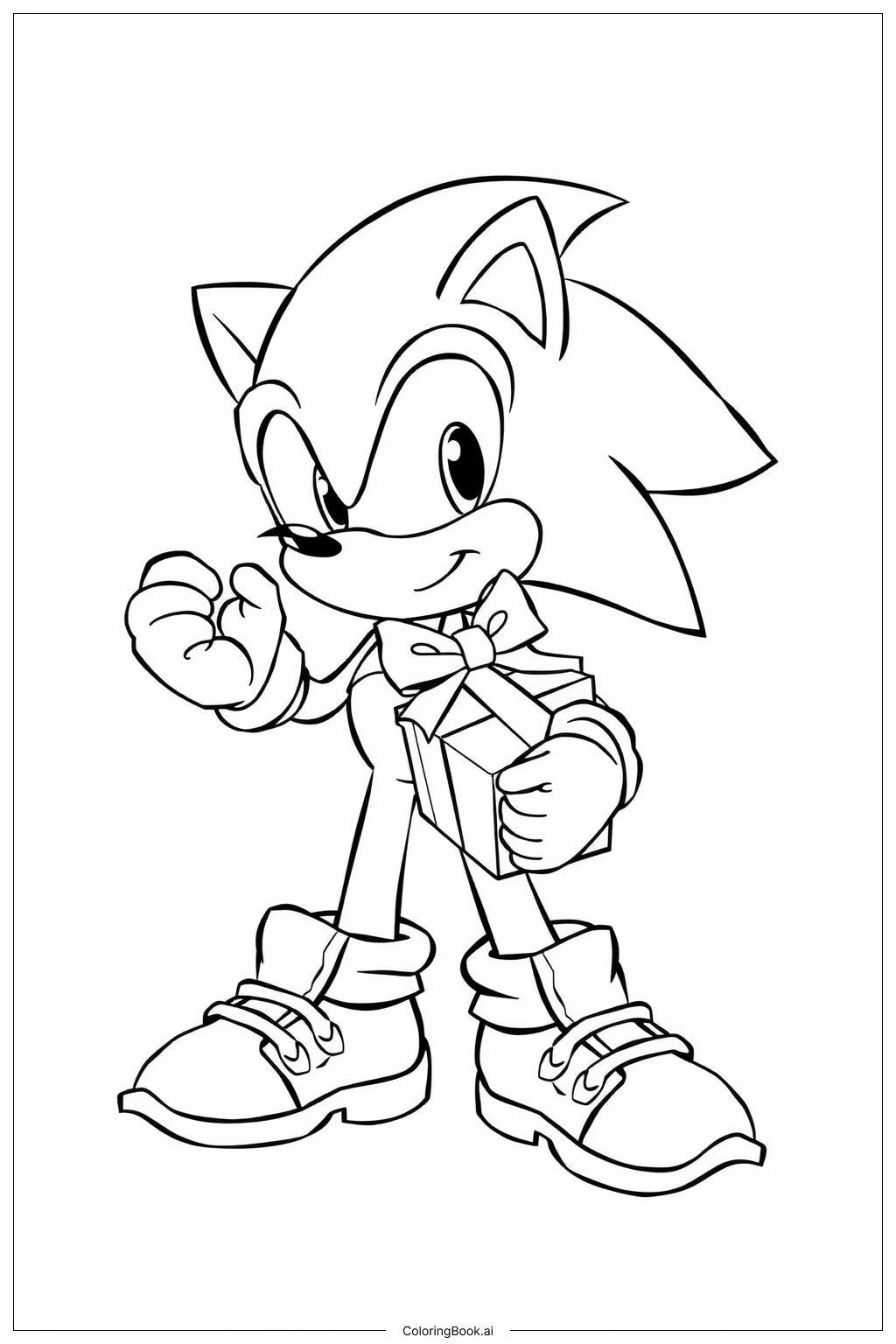Coloring tips: How to color Bulbasaur Using Its Vine Whip coloring page well?
Use different shades of green for Bulbasaur's body and vines to create depth. Color the bulb on Bulbasaur's back in light green or blue-green for a fresh look. The eyes can be colored black with white highlights to show brightness. Add yellow or light green to the spots on Bulbasaur's body. For the background, use bright greens for grass and leaves, and soft colors like yellow or pink for the flowers. Use a light blue or soft color for the sky to make the scene cheerful and complete.
Coloring challenges: Which parts are difficult to color and need attention for Bulbasaur Using Its Vine Whip coloring page?
1. Coloring the vines can be tricky because they are long and narrow, requiring careful staying inside the lines. 2. The different shapes and spots on Bulbasaur's body need attention to color them neatly, avoiding mixing colors outside the shapes. 3. The small details like Bulbasaur’s eyes, teeth, and flower centers are tiny and need fine motor skills to color precisely. 4. Adding shading to give Bulbasaur a three-dimensional feel might be difficult for beginners. 5. Balancing colors in the background to not take attention away from Bulbasaur is a challenge for some colorers.
Benefits of coloring books: Advantages of drawing Bulbasaur Using Its Vine Whip coloring page
Coloring this picture helps improve fine motor skills by practicing careful coloring inside the lines. It encourages creativity by choosing colors and experimenting with shading. Kids learn about Bulbasaur and the natural world with the flowers and grass. It also helps develop focus and patience since the picture has many parts to color. Finally, completing the picture gives a sense of achievement and boosts confidence.








